The typical green colour on the deep black rocky plateau creates a special river. More than a tourist attraction, the border river marked the hallmark of many generations of Vietnamese, who protected sovereignty in border areas.
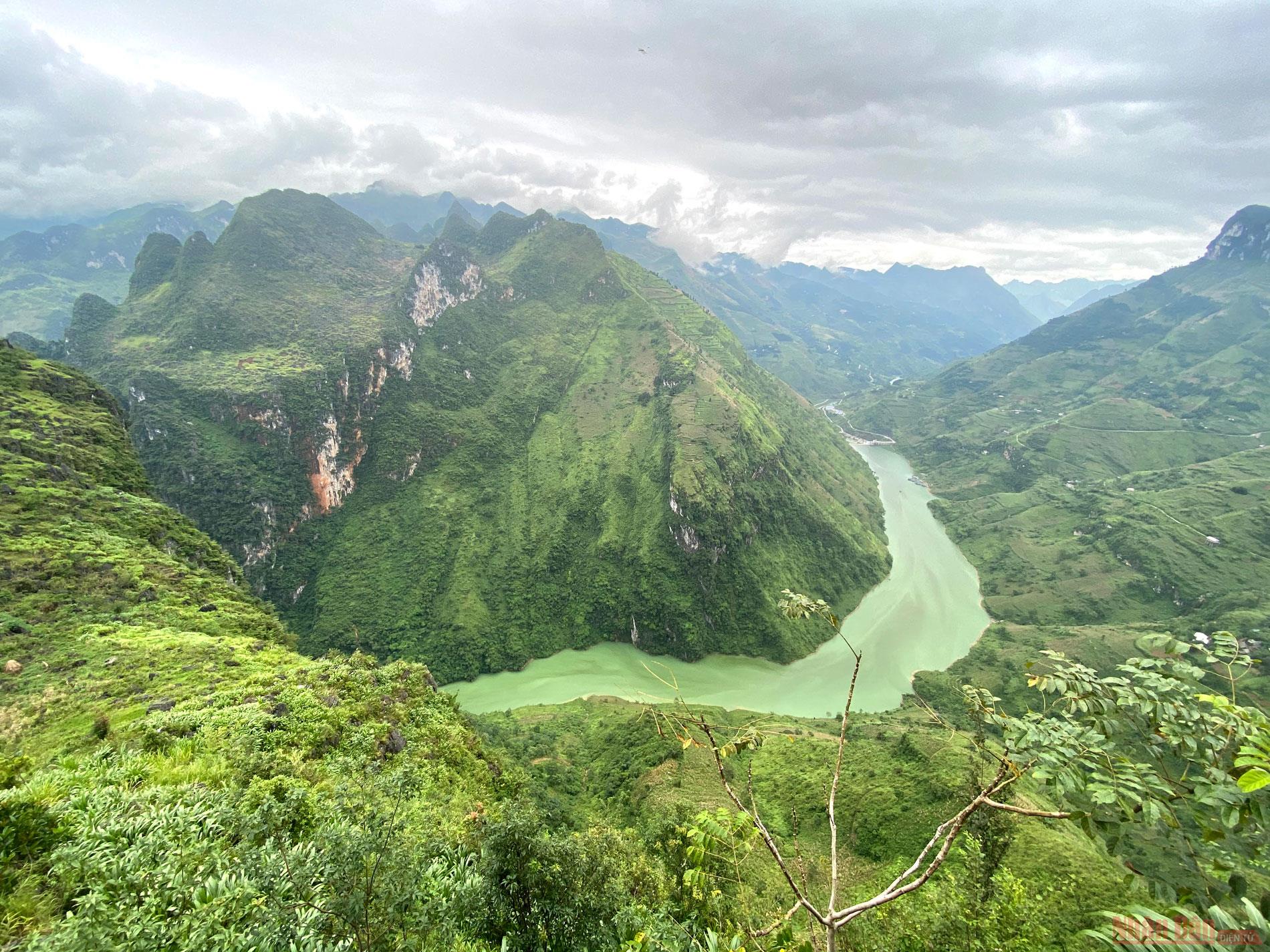
 |
Nho Que River and Tu San Canyon as viewed from the Ma Pi Leng Pass. The three landscapes create the most majestic scenery in Vietnam, considered as the highlight along the panorama of the Dong Van stone plateau. The "classic" corner is also considered a “must-to -go” corner of every tourist when visiting Ha Giang.
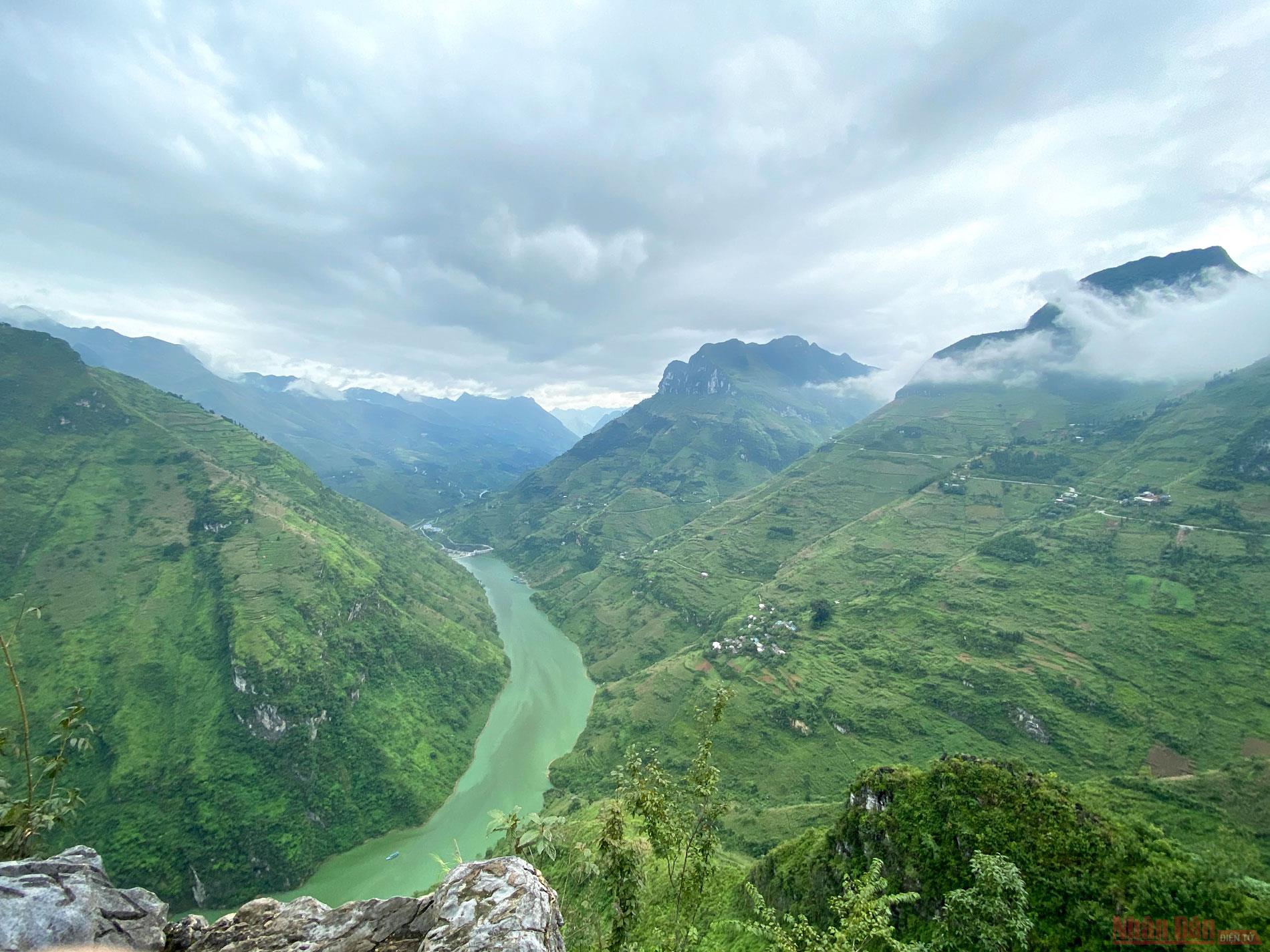
Nho Que River as seen from a corner of the road to Ta Lang Village, Lai Lung Commune, Meo Vac District. The river stands out from a steep winding road, which is considered to be a challenge for anyone who wants to claim it as a "rider".
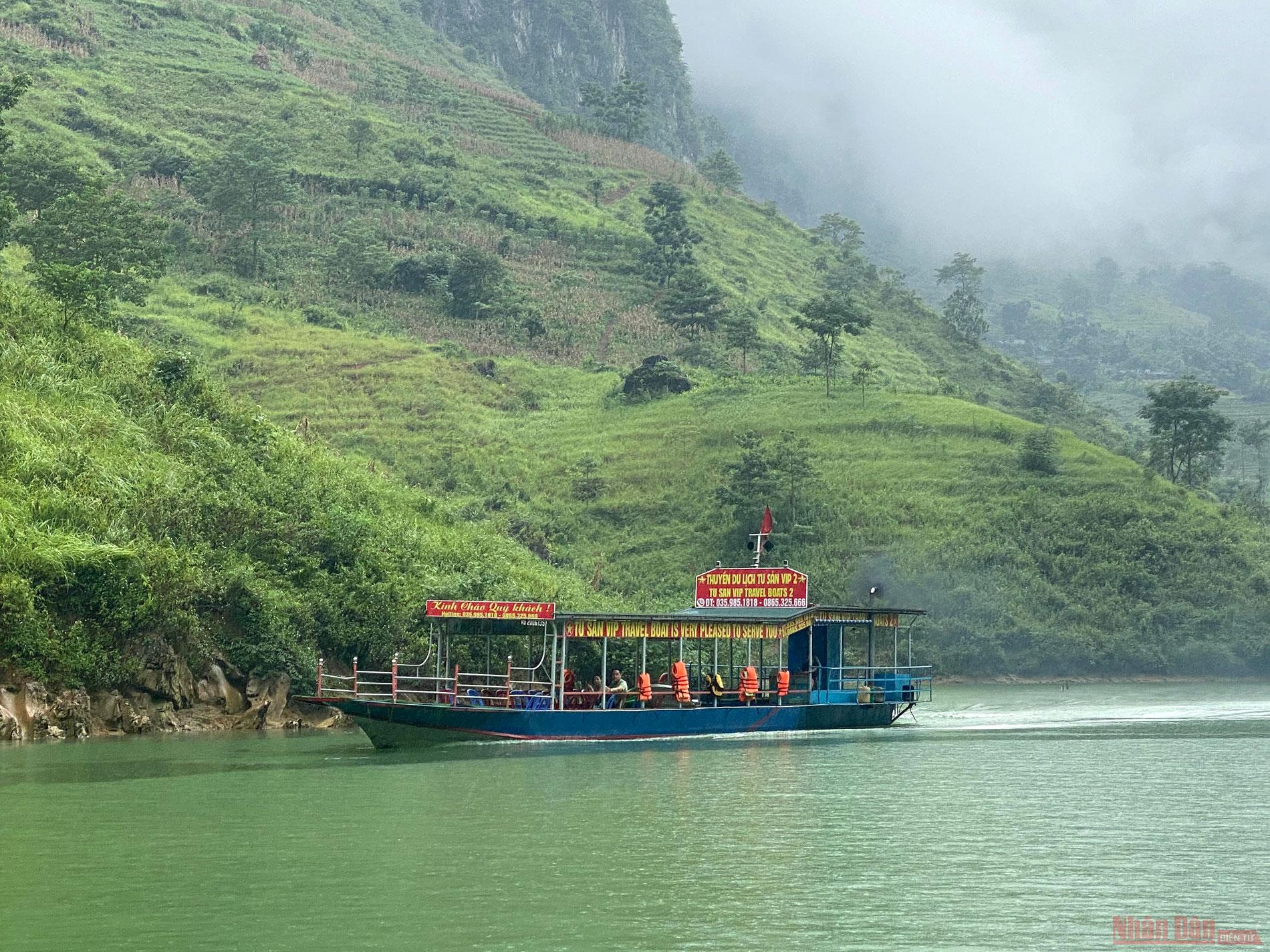
Boat services on Nho Que River have just been developed in recent years. Visitors can choose to go downstream from Ta Lang Boat Station or go upstream from the boat station of Xin Cai Commune (Meo Vac District).
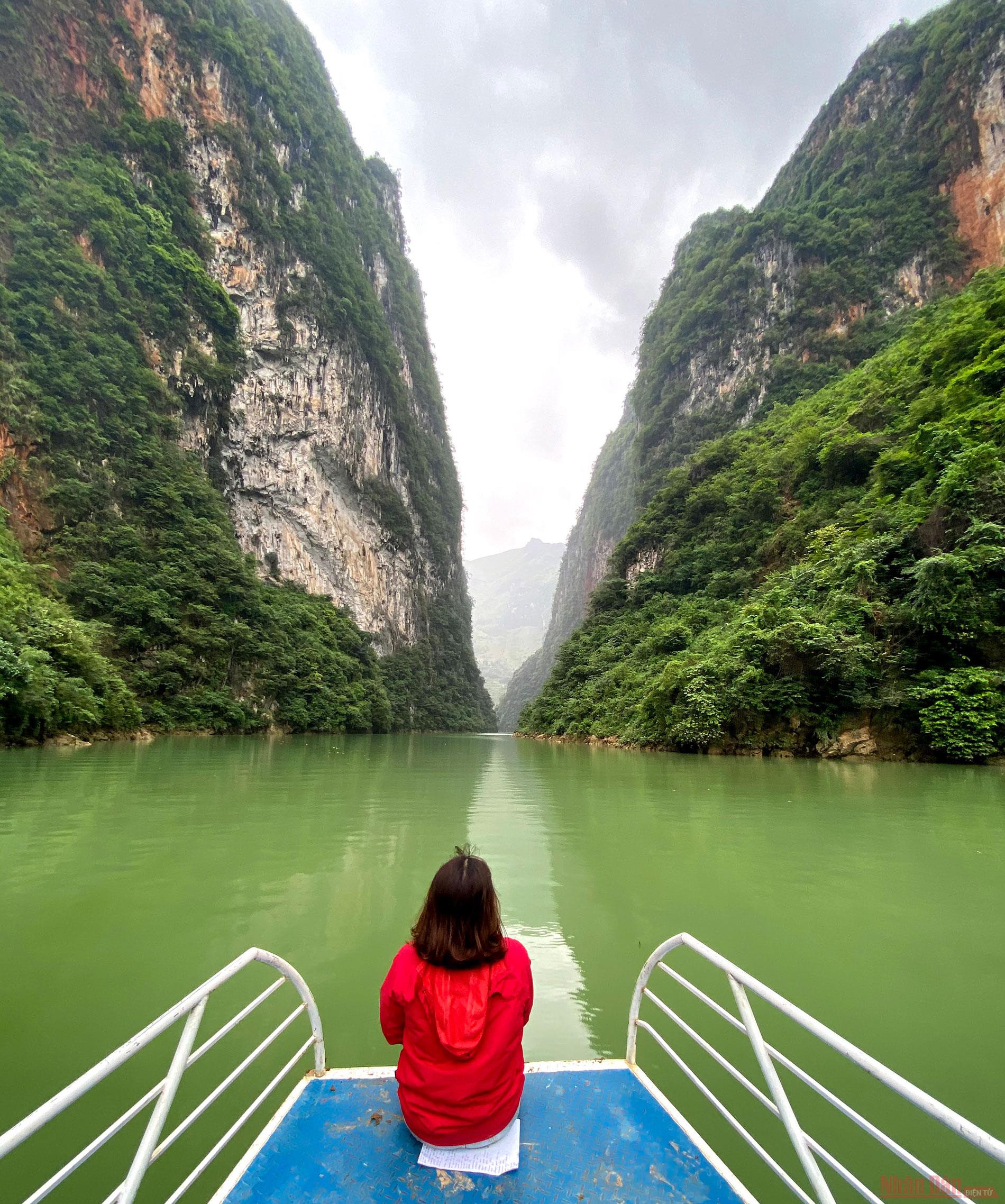
Taking a boat ride or kayaking on Nho Que River offers visitors a special feeling when visiting Tu San Canyon, with a depth of between 7-900 metres and a length of about 1.7 kilometres.
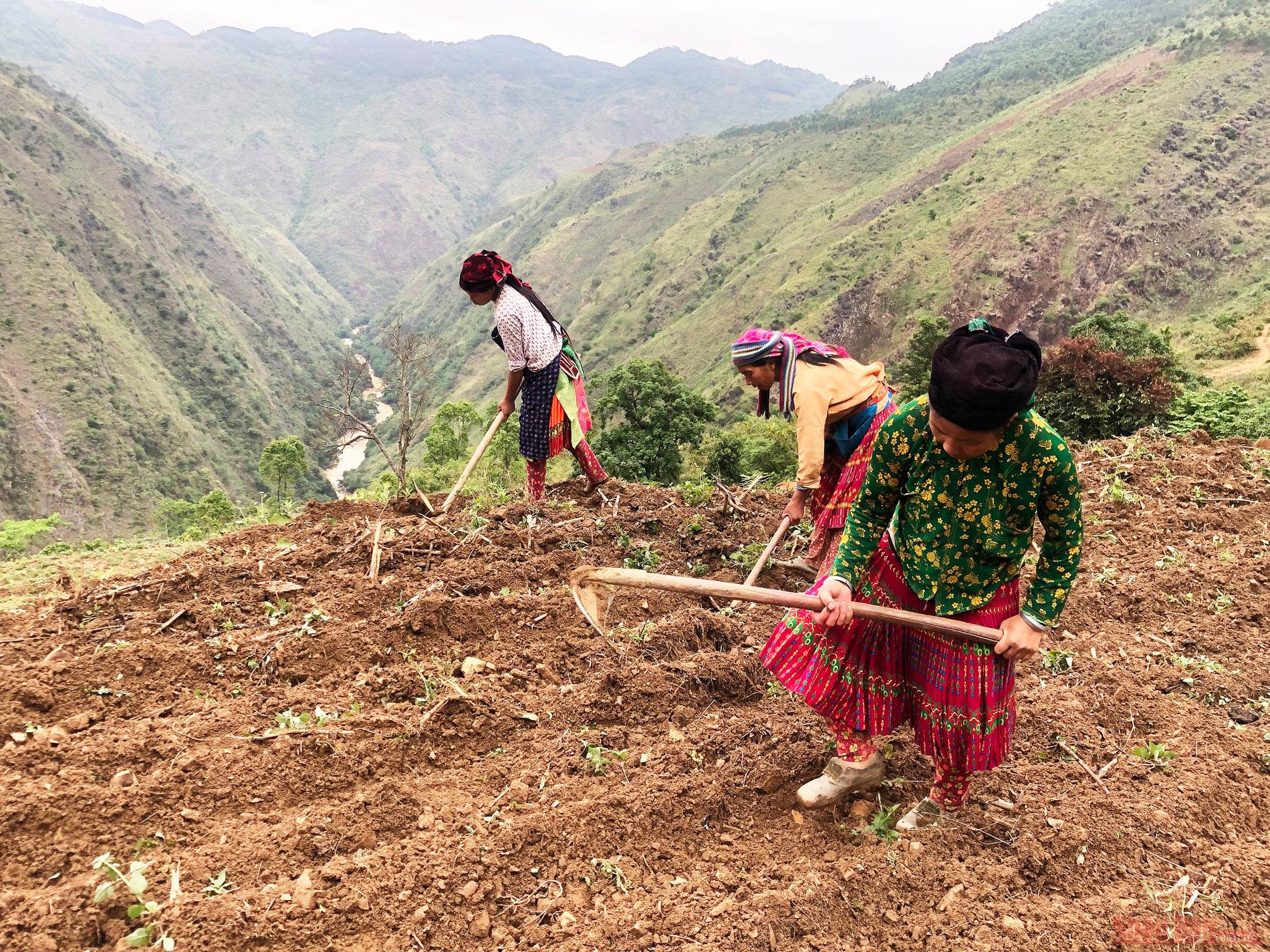
For many generations, the H'mong people in Seo Lung Village have persisted in working as a field, contributing to protect sovereignty in border areas
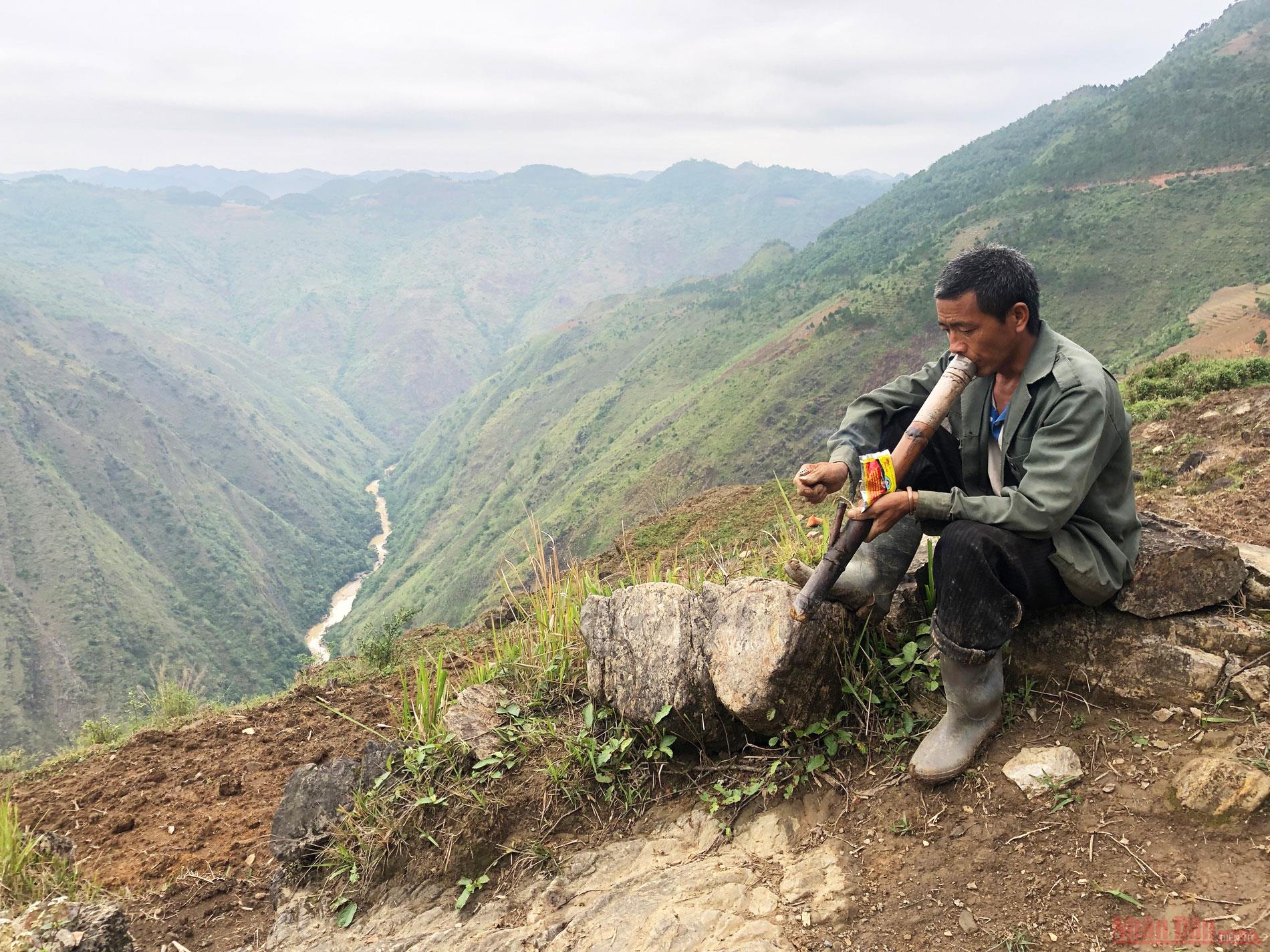
The lunch break of Sung Chia Na on the field close to the Nho Que River. He is former head of Seo Lung Village, the most remote commune in the North of Vietnam. His family has a field near the border marker No.427. He is also one of the people participating in the survey during the negotiation on border demarcation between Vietnam-China.

The people in Seo Lung Village have built a road from the main road to near Nho Que River to facilitate the transport of maize and rice for each harvest.
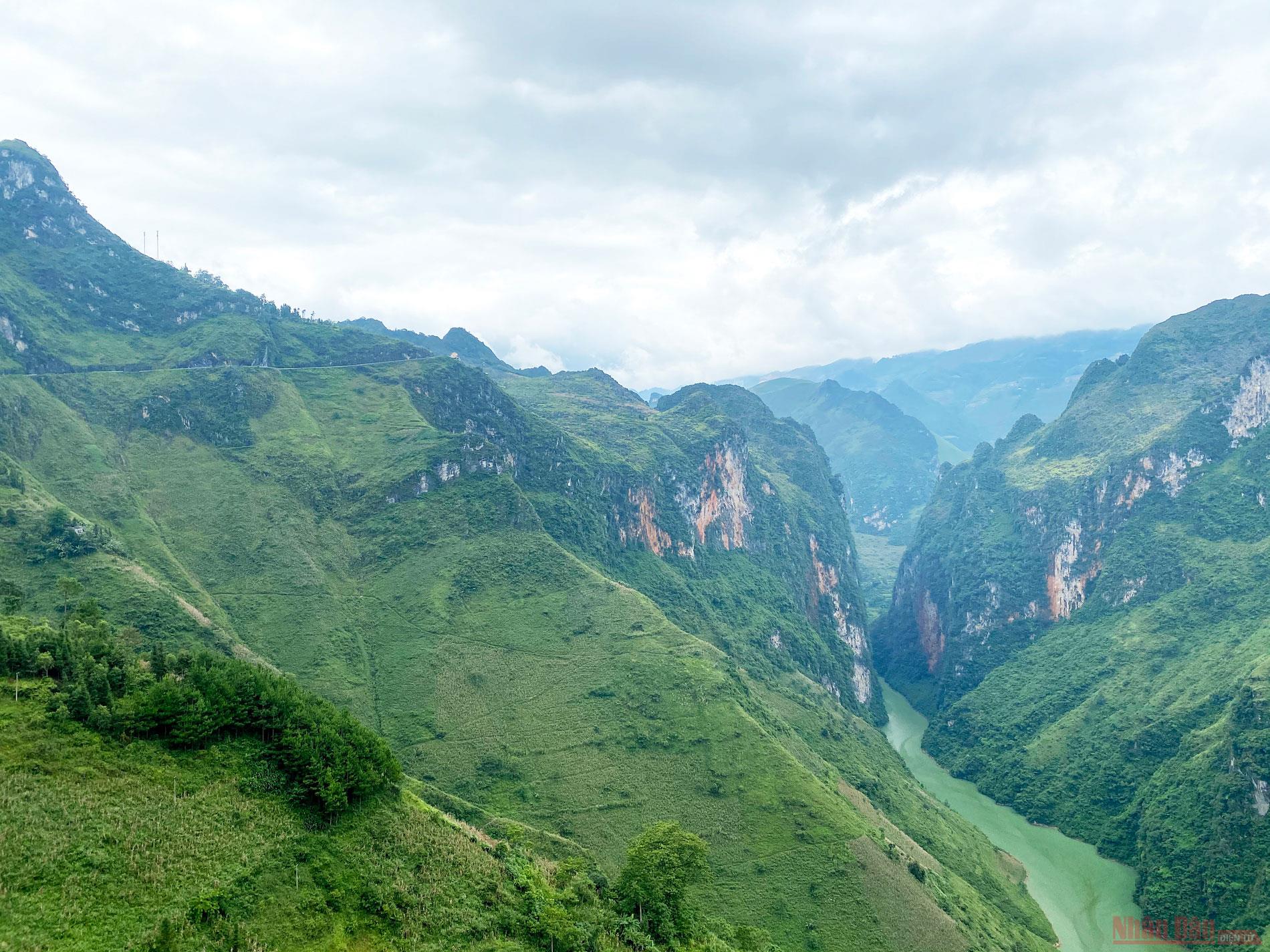
Tu San Canyon as viewed from Hanh Phuc (Happy) Street. In 2013, the master plan was announced on preserving and upgrading Vietnam’s first geological park, the Dong Van Stone Plateau, during the 2012-2020 period, with a vision to 2030. Accordingly, in the Dong Van Stone Plateau Global Geological Park project, a cable car system will be built to serve guests in admiring Tu San Canyon and the Nho Que River valley.
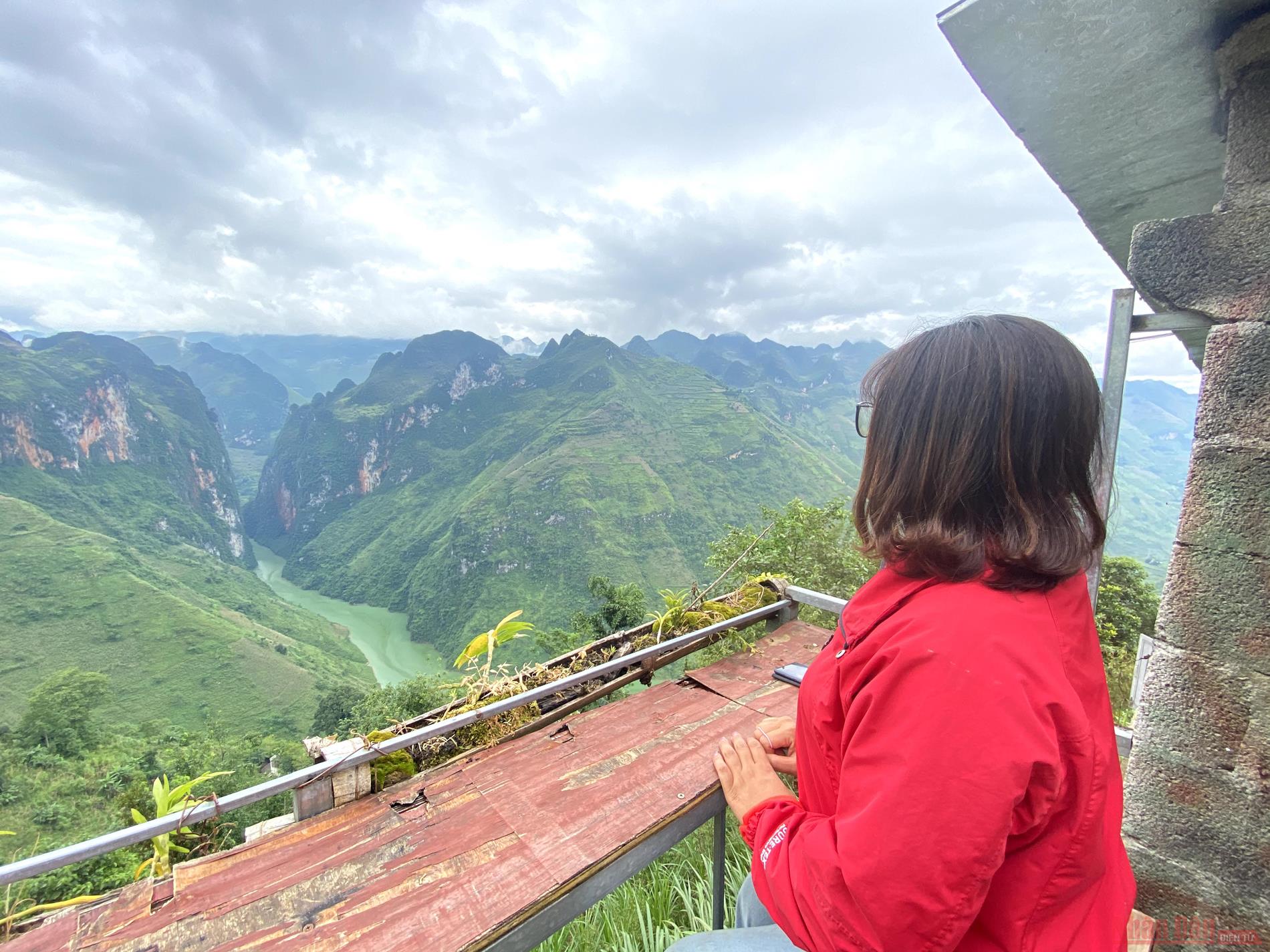
Also, according to the plan, many infrastructures and services to promote heritage values and socio-economic development in this region will be implemented. And now, boat service has become a reality. In the photo is a bar in the location overlooking the Tu San Canyon. The Covid-19 epidemic has caused a significant reduction in tourist numbers.
Nhan Dan









